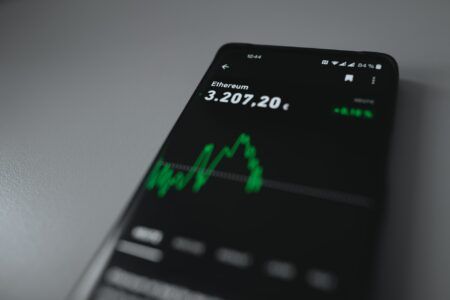The Shiba Inu cryptocurrency project, rooted in the popular Shiba Inu dog meme, presents itself as a rival to Dogecoin and runs on the Ethereum blockchain. The Shiba Inu (SHIB) ecosystem comprises three unique tokens, each serving a particular purpose within the project.
SHIB, as the main token, acts as a decentralized, community-driven currency that is accessible to millions of users around the world. Having launched on the Ethereum blockchain in late 2020, SHIB has since gained global attention and can be used for payment at various locations, either directly or through intermediary services.
BONE serves as the governance token in the ecosystem, with a total supply of 250 million. BONE enables the Shib Army to participate in decision-making by voting on proposals through the Doggy DAO. Additionally, BONE establishes the groundwork for Shibarium, Shiba Inu’s own Layer 2 network.
The third token, LEASH, has a limited supply of 107,646 and offers exclusive benefits to dedicated supporters of the ecosystem. LEASH holders have experienced advantages such as increased BONE rewards for providing liquidity to ShibaSwap, exclusive rights to mint Shiboshi NFTs, and priority access to land sales within the “SHIB: The Metaverse project.”
In a recent series of tweets, crypto “randomartz” drew attention to the striking parallels between BNB ($BNB) and Shiba Inu’s $BONE token. He began by highlighting the unique positions both coins occupy within their respective ecosystems.
According to “randomartz”, $BNB, which serves as the gas token on Binance’s Layer 1, experienced a significant shift in its supply dynamics. He attributes this change to Validators and Delegators who staked a substantial amount of the coin, leading to what he describes as a supply shock that enhanced its value. In his view, as an increasing number of crypto projects gravitated towards Binance, a considerable chunk of $BNB’s supply found itself locked in liquidity pools. “randomartz” believes that this approach not only fostered adoption but also underscored the role of scarcity in driving demand, particularly in light of $BNB’s fixed supply of 200 million tokens.
“randomartz” draws attention to $BONE, highlighting its potential role in the upcoming Shibarium Layer 2. He suggests that, in a manner reminiscent of $BNB, $BONE could act as the primary gas for Layer 2, facilitating a range of transactions. He speculates that Validators and Delegators might stake substantial amounts of $BONE, potentially leading to a supply shock similar to what was seen with $BNB. Additionally, “randomartz” envisions $BONE becoming a favored token for liquidity pools on Shibarium, which, in his opinion, could significantly boost its demand and further accentuate its supply scarcity narrative.
Adding another layer to the comparison, “randomartz” pointed out that $BONE’s total supply, capped at 250 million, will be fully minted upon the launch of Shibarium. He also noted that major exchanges like Binance, KuCoin, Kraken, and Coinbase have yet to list $BONE, hinting at the potential for a supply shock similar to what $BNB experienced.
In conclusion, “randomartz” emphasized the undeniable similarities between $BNB and $BONE. From their roles in creating supply scarcity through staking to their integral functions in different layers of their respective ecosystems, the trajectories of these two tokens seem to be closely intertwined.
At the time of writing, BONE is trading at around $1.54, up 3.01% in the past 24-hour period.
Featured Image Credit: Photo / illustration by LeandroDeCarvalho via Pixabay








